Other than closing deals, there’s nothing I enjoy more than attending Solar Power International. Between the general session, the educational sessions and the exhibit floor, the energy is electric (which, given that it’s a solar show, is appropriate).
This year, however, the energy seemed particularly high, and the show floor and Anaheim Hilton and Marriott lobbies were packed with people. To me, that was a good sign that solar energy is continuing to grow and is thriving, even in an era where not everything is going our way.
Our Chief Development Officer Tony Clifford addressed some of the challenges the industry faces in his talk as head of the Distributed Generation Division, one of the Solar Energy Industries Association’s (SEIA) strongest and one of the most important in the industry. He discussed the state of the solar industry, the insanity of the Trump tariffs (both existing and those coming down the pike) and “solar coaster” ride the industry has experienced with per-Watt prices on modules.
So far, those prices haven’t felt the effects of the tariffs yet, primarily because the Chinese essentially created a module glut that drove prices down so far that absorbing the tariffs was easy. As Tony pointed out, there’s no guarantee that it will stay that way, but for now, the outlook on the overall industry is strong—and the most recent report from SEIA showed that.
And speaking of SEIA, they had a couple of announcements that made me stand up and applaud.
For one, the association took a concrete step to follow up on its diversity study from last year, which showed a somewhat shocking lack of diversity within the industry. This year, SEIA announced it was partnering with Historically Black Colleges and Universities (HBCU), in a concerted effort to recruit workers from more diverse backgrounds.
Then they announced, in conjunction with The Solar Foundation, the launch of the website AmericanSolarWorkforce.org, a website designed to close the gap between job seekers and job providers. One of the main complaints from installers is that it’s difficult to find qualified workers. That’s not an excuse anymore. This website is designed to make sure workers and employers can find each other in an easy-to-use format that should make solar jobs more accessible to a greater number of people.
Lastly, SEIA did something for which we’ve advocated for years, and that’s update its membership levels to give smaller solar companies a more affordable method of getting involved with the national association. We all know how important having a strong national advocate is, and the more members of the solar industry that are involved, the stronger it can be. So SEIA had a banner show with those three initiatives alone—and that doesn’t even count all the innovations on the show floor, the deals that were done and the projects that were planned.
One of the highlights of our trip was the opportunity to sit down with Christian Roselund of pv magazine USA. We discussed the importance of bringing down soft costs and where we see the C&I segment going in the future. We’re always happy to get a chance to talk to journalists—particularly one with the amount of industry knowledge as Christian—to talk about the industry and where we see it going. It’s often as enlightening for us as it is for anyone else, and we really enjoy the process. You can read the whole interview here.
Now that we’re back, it’s time to really get rolling for the fourth quarter and close off the year strong. It’s been a great year for us at Standard Solar, and we look forward to finishing the year off the way the rest of it has gone. And with the number of projects we discussed at SPI, we believe this fourth quarter could be our best yet.
More Recent Blog Posts
A Mixed Legislative and Regulatory Landscape: Standard Solar’s July Policy Brief
July 15, 2024
Trevor Laughlin · 4 min read
Community Solar, Front And Center: Standard Solar's June Policy Brief
June 18, 2024
Trevor Laughlin · 3 min read
Powering Ahead: Standard Solar's May Policy Brief
May 14, 2024
Trevor Laughlin · 7 min read
Powering Ahead: Standard Solar's Monthly Policy Brief
March 6, 2024
Trevor Laughlin · 4 min read
Most Popular Blog Posts
New California Legislation Takes Community Solar Access to New Heights
Harry Benson · 3 min read
How To Create A Complete Commercial PV Design Package
CJ Colavito · 3 min read
Why Is Financing Commercial Solar So Difficult?
Scott Wiater · 3 min read
The Undeniable Value of Solar Development on Brownfields and Landfills
Harry Benson · 3 min read

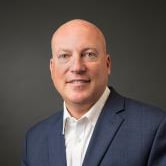
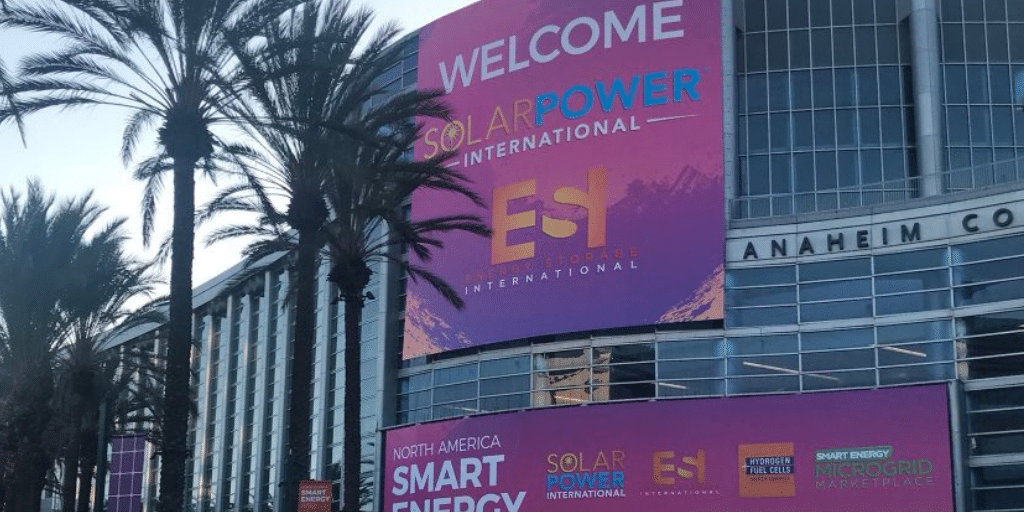
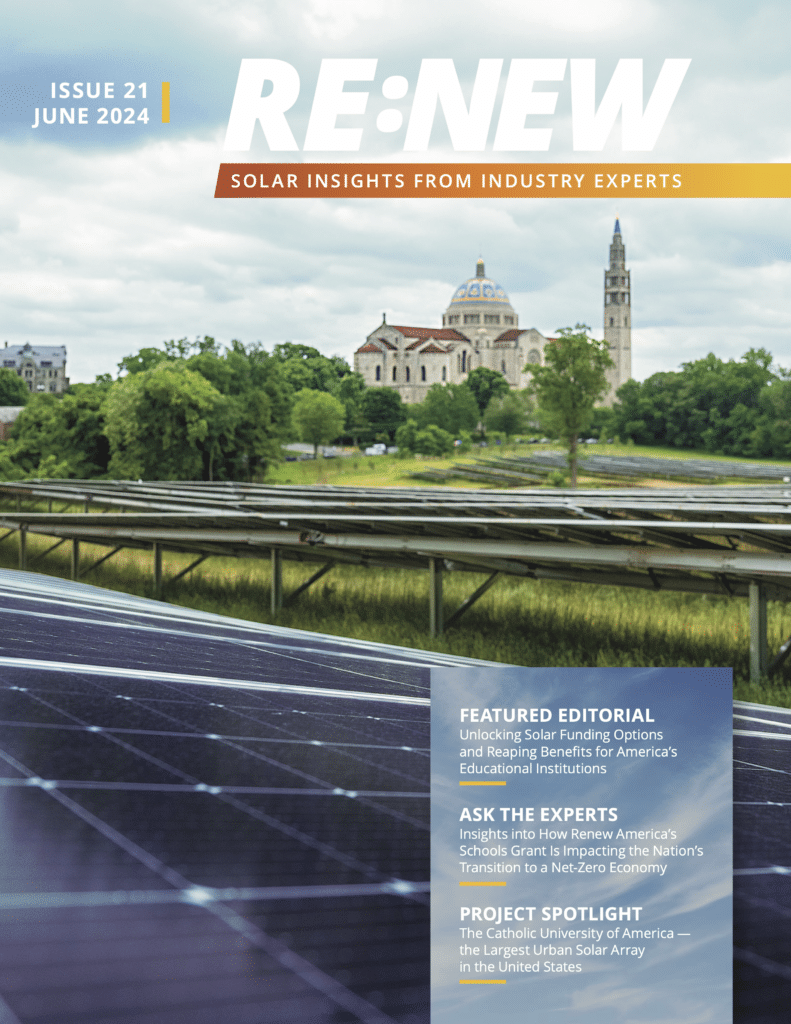
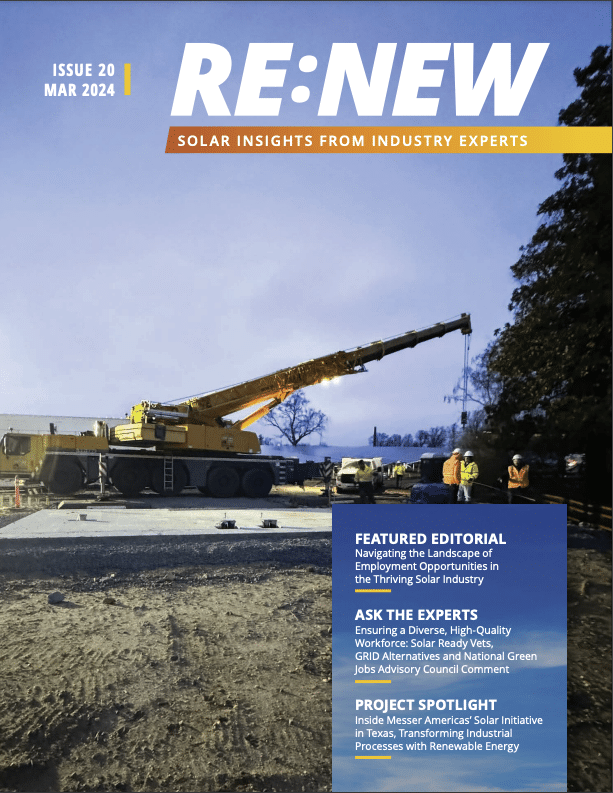
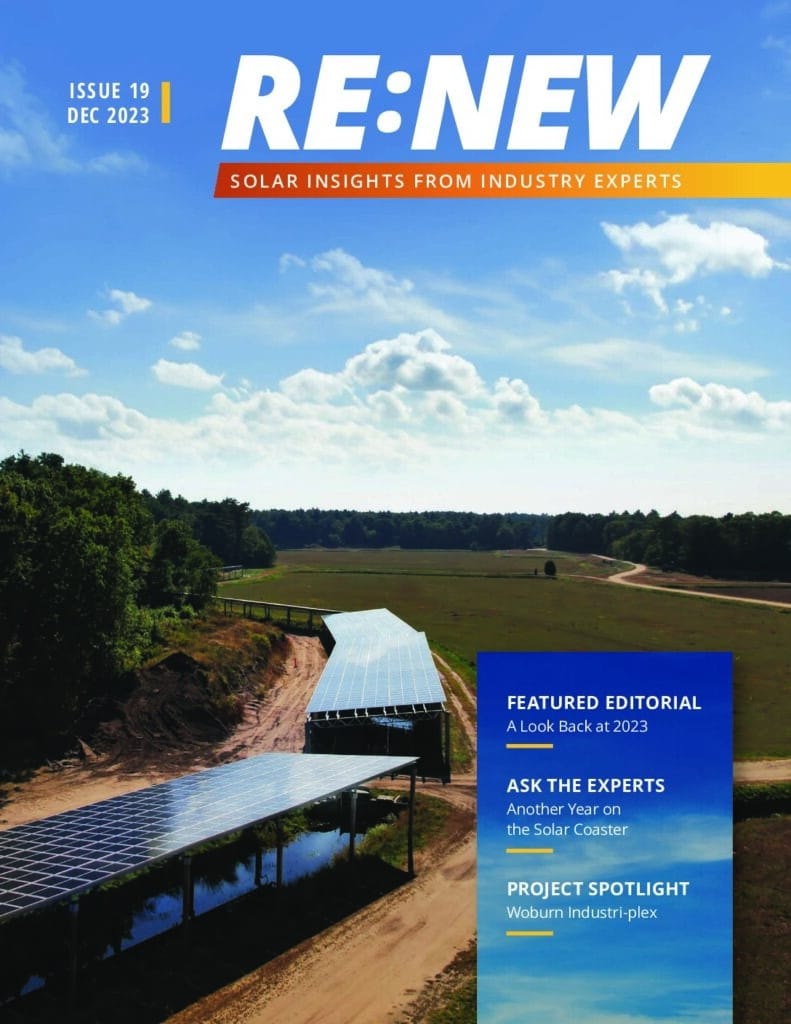
Share